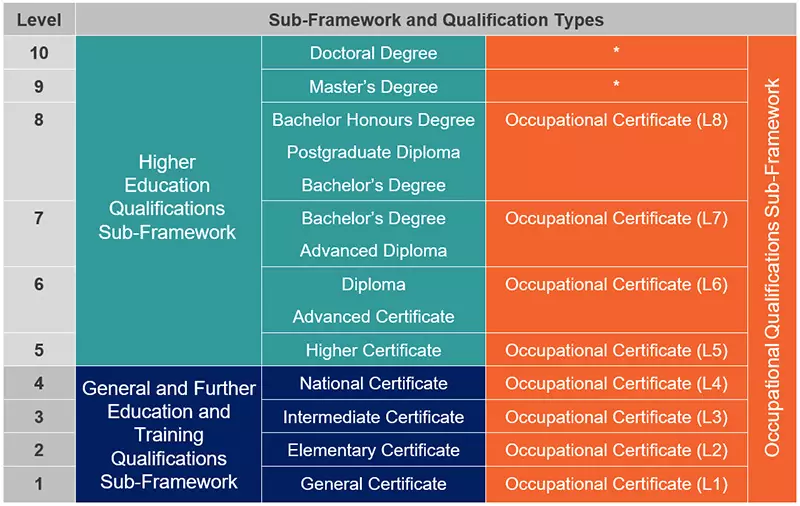Condition based maintenance – much more than just another technical solution
Condition based maintenance (CBM) has been around for many years, however, it remains an approach that requires a different way of thinking and acting on the part of everyone concerned. Some organisations are still stuck in routine based maintenance systems and find it difficult to take the next step towards innovation. The impact of maintenance on product quality, production costs, operational safety as well as on bottom line profit is being underestimated or even ignored in some instances where the opinion that ‘maintenance is a necessary evil’ still prevails.
While most operational and management teams do realise that they have to apply new maintenance technologies, they sometimes find it difficult to let go of the old, tried and tested methods. It requires putting on a different ‘thinking cap’ – one that allows for innovative thinking – breaking the traditional barriers.
A new way of thinking is often only awakened after a catastrophic event or when maintenance costs becomes a heated debate in the boardroom. Management is then forced to change the way they look at maintenance, where after they start to explore the other maintenance strategies and techniques.
What is condition based maintenance (CBM) and why this should be considered as one of the preferred maintenance solutions?
The CBM process involves measurement of data signals from assets whilst in normal service. Data obtained is compared with earlier recorded measurements to provide an accurate picture of the current asset condition and trends predict future asset condition. These trends are plotted to provide an indication of deviations from the standard and the resultant potential for failure events.
Maintenance is performed after one or more indicators show that equipment is going to fail or that equipment performance is deteriorating. This allows for accurate prioritising and optimisation of maintenance resources.
Although the “combination approach” (passive, reactive, preventive and predictive maintenance) is generally accepted as best practice when it comes to an effective maintenance programme, CBM is seen as the backbone of proactive maintenance.
CBM improves equipment reliability by discovering potential failures before they happen, decreases maintenance costs by making sure parts are not replaced before the end of their useful life, and leads to reductions in human error as fewer maintenance activities are performed. When compared to a strictly reactive maintenance approach CBM eliminates unplanned downtime resulting from equipment failure, ends the need for costly emergency parts and labour, and prevents major failures that lead to health, safety, and environmental risks.
CBM technologies
Condition monitoring (CM) is the process of monitoring the condition of machinery through the use of one or more of a combination technologies – of which the following are referred to as the ‘four pillars’ of condition monitoring:
- Vibration analysis
- Oil analysis
- Infrared thermography
- Ultrasound detection
Each of the above monitoring technologies is applied according to the specific type of machinery. A variety of technologies should be used as part of a comprehensive condition based maintenance programme.
These techniques deliver immediate benefits in that problems such as misalignment, unbalance, deteriorating bearings, worn gears or couplings, lack of lubrication, oil deterioration or contamination, loose electrical connections and electrical insulation defects are identified and maintenance can start immediately to avoid potential damage and losses.
Furthermore, the benefits of these techniques are quantifiable as the cost of actual repairs can be determined and compared to cost of CBM. In most instances the cost justifies the initial investment in CBM technologies. However, one should not only focus on the initial cost savings. The real value lies in the sustainable improvements in maintenance or operating practices that, if applied correctly, eliminates unplanned outages or failures completely, rather than simply providing advance warning of their occurrence.
These technologies are usually applied during normal production and while the machinery is in normal service in order to avoid any loss in production. It is important that appropriate CBM techniques are selected to suit the problem. CBM is therefore an advanced strategy, and should be aimed at high criticality assets that are not adequately treated by the traditional strategies of run-to-failure and time based preventive maintenance.
The proper use and application of CBM is not just about opting for the correct condition monitoring technique, it is about reduction in production cost, less capital investments, improved quality, increased profits and market share – making sure that maintenance is not seen as the ‘necessary evil’ but rather as an essential contributor to company profit.
